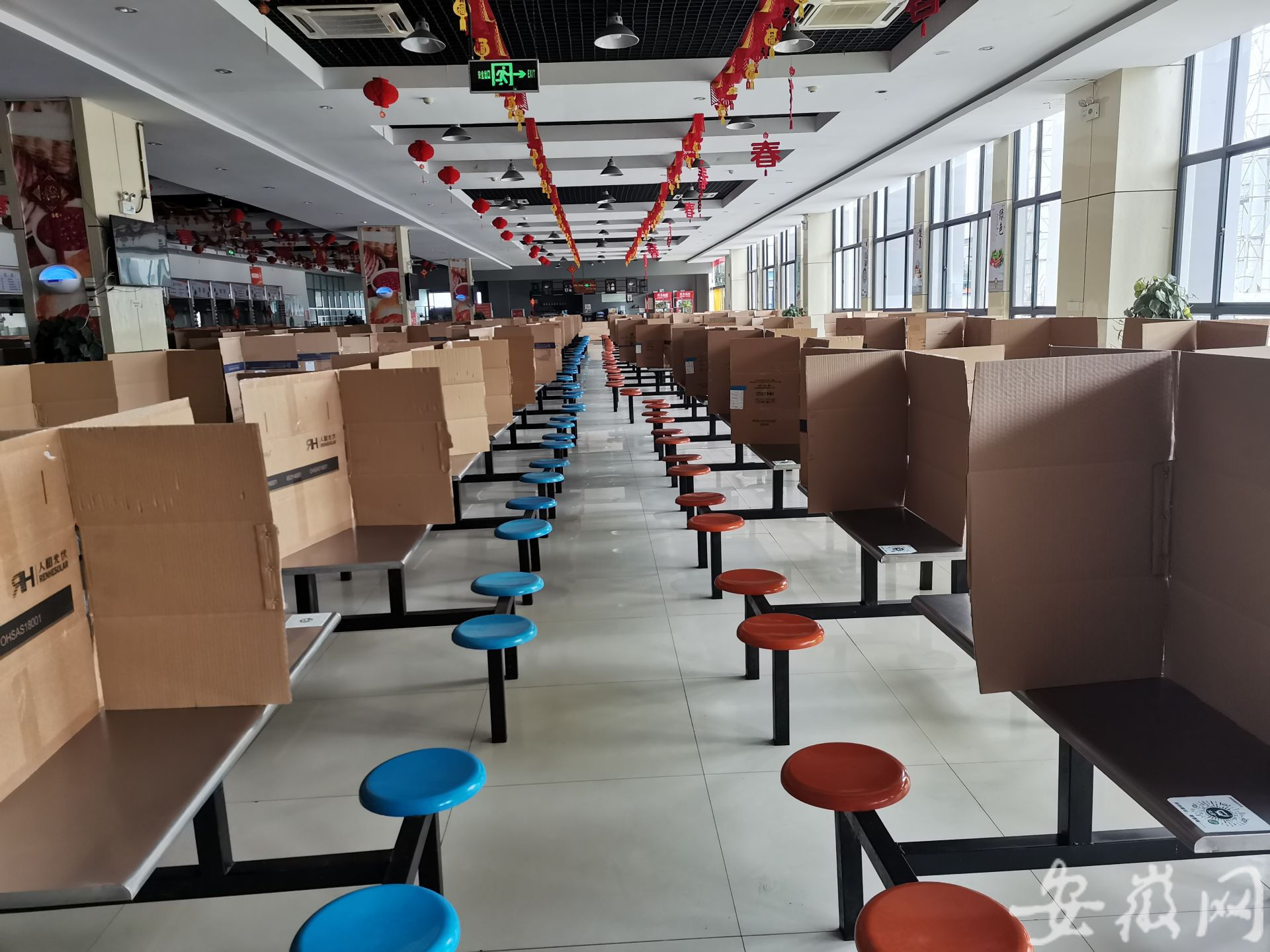

Cost and scalability are important factors when aiming to sequence thousands of samples and we have modelled the impact of different strategies to reduce the cost of materials including volume reduction, reagent substitution, flowcell washing, use of 96 native barcodes and nanopore sequencing platform. Modifications have also been made to the library preparation protocol to improve demultiplexing and a method to eliminate normalisation has been implemented in a new version of the protocol named ‘GunIt’. To address these shortcomings we have modified the primer scheme designed to eliminate amplicon dropouts by adding additional alternate primers (‘alts’) for weak or missing regions. Thirdly, the normalisation procedure to ensure similar numbers of reads from each barcode was laborious and limited the number of samples one person could process. Secondly, inefficient barcode ligation reduced the proportion of double-barcoded products resulting in lower sequencing yields. Firstly, amplicon dropouts (regions which are absent regardless of coverage) occurred frequently in specific regions of the genome. It consisted of a new primer scheme and laboratory protocol building on a previously published protocol however early adopters experienced some issues. The initial release of the ARTIC SARS-CoV-2 sequencing protocol was released early in the outbreak (Jan 22, 2020) supporting early sequencing efforts in many counties. Before SARS-CoV-2, the West African Ebola outbreak of 2013–2016 was the most densely sampled viral outbreak with more genomes generated using amplicon sequencing than all other methods combined. This method is robust to a large range of input titres, is highly specific and scalable to hundreds of genomes. A third approach is PCR-based target enrichment which produces amplicons that span the viral genome. Hybridisation capture is an approach used to enrich for molecules homologous to the bait sequences although for clinical samples a large number of reads are still required.

Such methods are able to recover the whole genome in an untargeted manner making them ideal for virus discovery but are less suited to genomic surveillance where sequencing large numbers of isolates becomes prohibitively expensive. Rapid data sharing allows sequences to be compared across labs or public health authorities and can provide insight into routes of transmission and effectiveness of containment measures.Ī variety of different approaches have been used to sequence SARS-CoV-2 genomes including RNA metagenomics which was deployed to generate the first SARS-CoV-2 reference genome.

Genome sequencing of SARS-CoV-2 has provided epidemiological insights into the early outbreak and a number of studies have adopted our method. Viral genomes can be used to estimate the rate of viral evolution, monitor circulating lineages as well as identifying any signs of adaptation to hosts, treatments or vaccines. Real-time, genomic surveillance has become a central component in the management of outbreaks of emerging infectious diseases and has been successfully deployed to understand the transmission patterns of Ebola virus, Lassa virus, Yellow fever virus and Influenza.


 0 kommentar(er)
0 kommentar(er)
